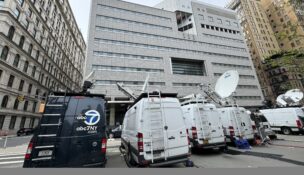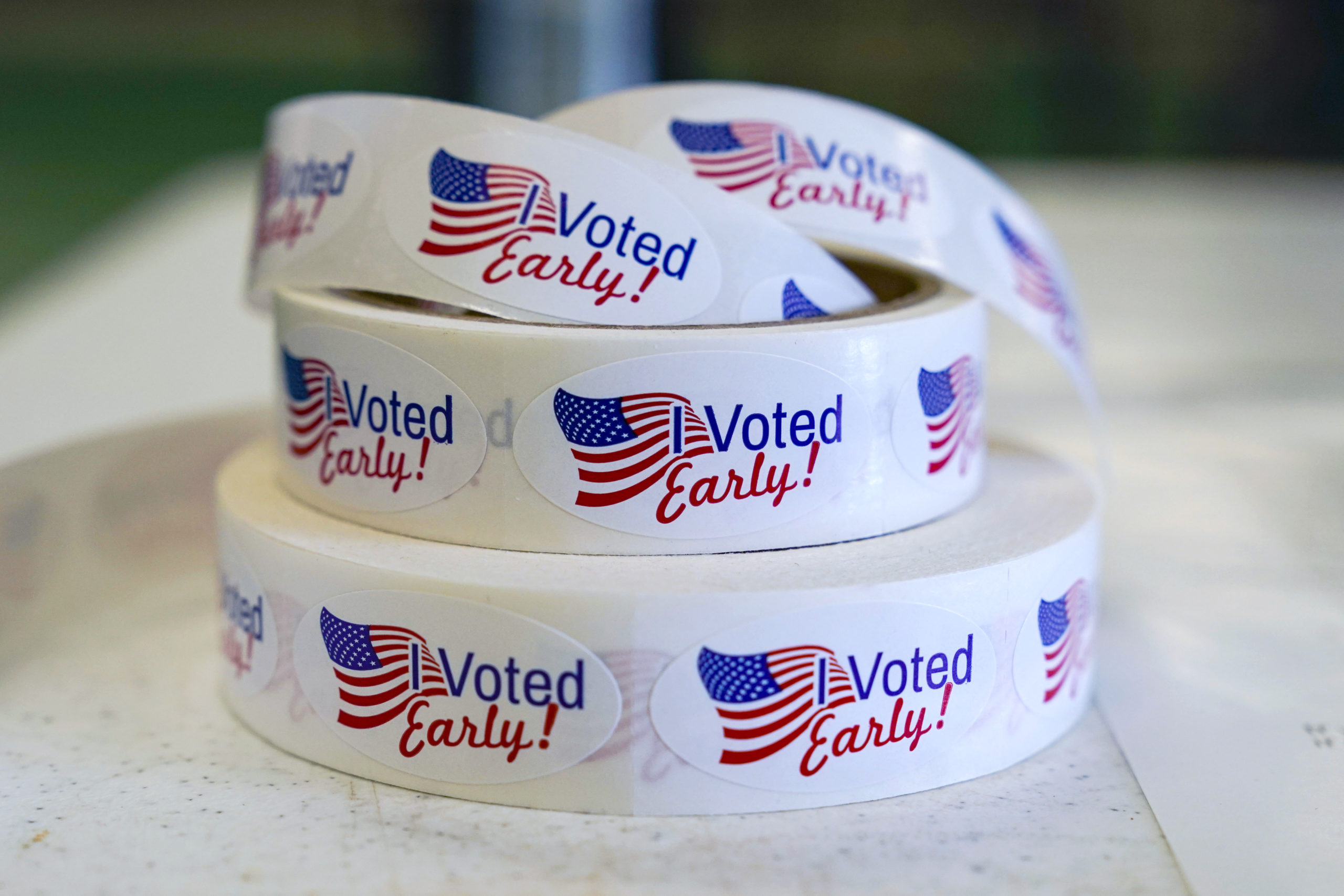Last patent case of the term could end in a bust
By: KIMBERLY ATKINS, BridgeTower Media Newswires//May 1, 2014//
Last patent case of the term could end in a bust
By: KIMBERLY ATKINS, BridgeTower Media Newswires//May 1, 2014//
In the last oral argument of the term, the U.S. Supreme Court on Wednesday took up a closely watched patent case that practitioners hoped would establish a standard for indirect patent infringement.
But early on the justices seemed to realize that the case, Limelight Networks Inc. v. Akamai Technologies Inc., No. 12-786, might not present the issue they were looking to resolve.
Underlying the case is a complicated procedural history between two companies that operate servers through which Internet providers supply service to customers.
Akamai Technologies holds a method patent on the multistep process it uses to allow data to be distributed. The method is designed to increase the speed with which web pages containing a multitude of larger files such as photos can be sent over the network.
Limelight Networks uses a method nearly identical to the one patented by Akamai, but there is one difference: several of the steps in Limelight’s method are performed directly by its customers (acting on instructions provided by Limelight) rather than by Limelight.
Akamai sued Limelight for infringement and won a $45 million jury verdict in a Boston federal District Court. But after the U.S. Court of Appeals for the Federal Circuit directed the court to reconsider the verdict, the judge ruled in Limelight’s favor, finding that no infringement had occurred.
The Federal Circuit again reversed in a divided opinion, holding that Limelight had infringed by inducing and encouraging others to copy Akamai’s patented process.
The Supreme Court granted Limelight’s petition for certiorari to resolve the question of whether the Federal Circuit had erred in holding that a defendant could be held liable for inducing patent infringement even if no one committed direct infringement under 35 U.S.C. §271(b).
Wrong issue?
Aaron Panner, a partner in the Washington office of Kellogg, Huber, Hansen, Todd, Evans & Figel PLLC, argued on behalf of Limelight that liability for inducement can only occur where a defendant “deliberately brought about actionable direct infringement.”
But Chief Justice John Roberts Jr. wondered if that position “makes it pretty easy to get around patent infringement.”
“All you have to do is find one step in the process and essentially outsource it, or make it attractive for someone else to perform that step,” he said.
Panner said his argument was based on “clearly established” patent law principles which hold that “the defendant must carry out every step of the patent” in order for there to be infringement.
“If there were a potential concern [about] evasion, that is something for Congress to address,” Panner said.
Justice Sonia Sotomayor asked whether the court had taken up the wrong case.
“I thought the issue we granted cert on was whether you could have an inducement of infringement if no one is directly infringing,” she said.
Panner argued that the Federal Circuit did not directly rule on that issue, so the only properly preserved question was whether the Patent Act requires a single actor for method patent infringement, or if separate actions by multiple parties can amount to infringement.
“So there’s a straightforward path for this court to rule,” Panner said.
Seth Waxman, a partner in the Washington office of WilmerHale, argued on Akamai’s behalf that the court could just as easily resolve the matter in his client’s favor.
“Make no mistake about what Limelight is asking you to do,” Waxman said. “Under Limelight’s theory, two or more people can divide up and perform the steps of any method claim without liability.”
But he also pointed out that there is an unresolved appellate challenge to the jury’s finding that Limelight’s customers completed some of the steps in the alleged infringement.
“So they are going to have to address on remand the question of whether direct infringement occurred,” Waxman said.
“That would seem a real problem to getting to the issue here,” Justice Elena Kagan observed.
Waxman said the court could still establish an indirect infringement standard despite the fact that the issue falls outside the question presented, or as an alternative “the court could order supplemental briefing.” Follow @dcdicta
Legal News
- History made in Trump New York trial opening statements
- Prosecutor won’t bring charges against Wisconsin lawmaker over fundraising scheme
- Republican Wisconsin Senate candidate says he doesn’t oppose elderly people voting
- Vice President Harris to reveal final rules mandating minimum standards for nursing home staffing
- Election workers fear threats to their safety as November nears
- Former law enforcement praise state’s response brief in Steven Avery case
- Eric Toney announces re-election bid for Fond du Lac County District Attorney
- Former Wisconsin Democratic Rep. Peter Barca announces new bid for Congress
- Republicans file lawsuit challenging Evers’s partial vetoes to literacy bill
- More human remains believed those of missing woman wash up on Milwaukee Co. beach
- Vice President Harris returning to Wisconsin for third visit this year
- Wisconsin joins Feds, dozens of states to hold airlines accountable for bad behavior
WLJ People
- Power 30 Personal Injury Attorneys – Russell Nicolet
- Power 30 Personal Injury Attorneys – Benjamin Nicolet
- Power 30 Personal Injury Attorneys – Dustin T. Woehl
- Power 30 Personal Injury Attorneys – Katherine Metzger
- Power 30 Personal Injury Attorneys – Joseph Ryan
- Power 30 Personal Injury Attorneys – James M. Ryan
- Power 30 Personal Injury Attorneys – Dana Wachs
- Power 30 Personal Injury Attorneys – Mark L. Thomsen
- Power 30 Personal Injury Attorneys – Matthew Lein
- Power 30 Personal Injury Attorneys – Jeffrey A. Pitman
- Power 30 Personal Injury Attorneys – William Pemberton
- Power 30 Personal Injury Attorneys – Howard S. Sicula











